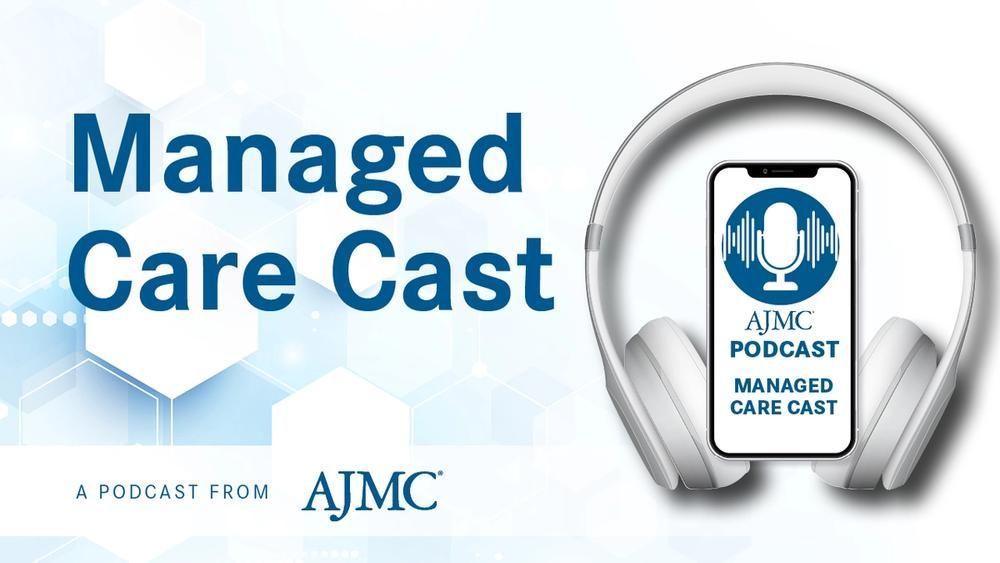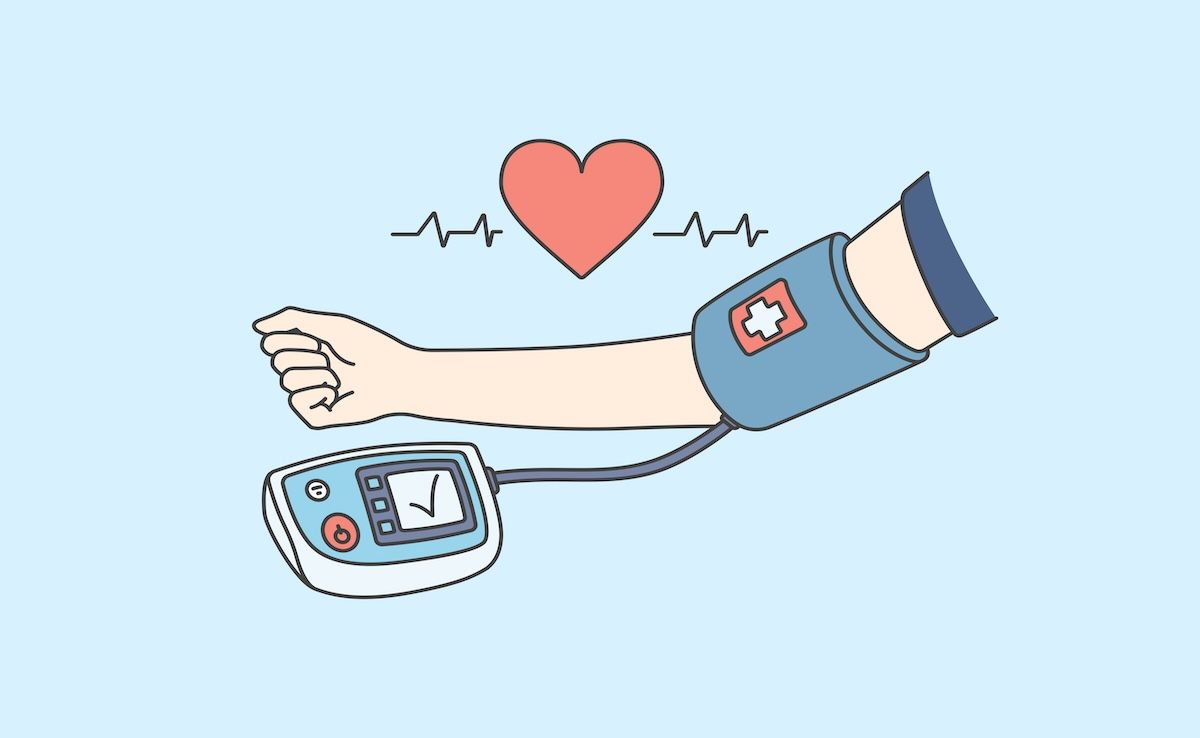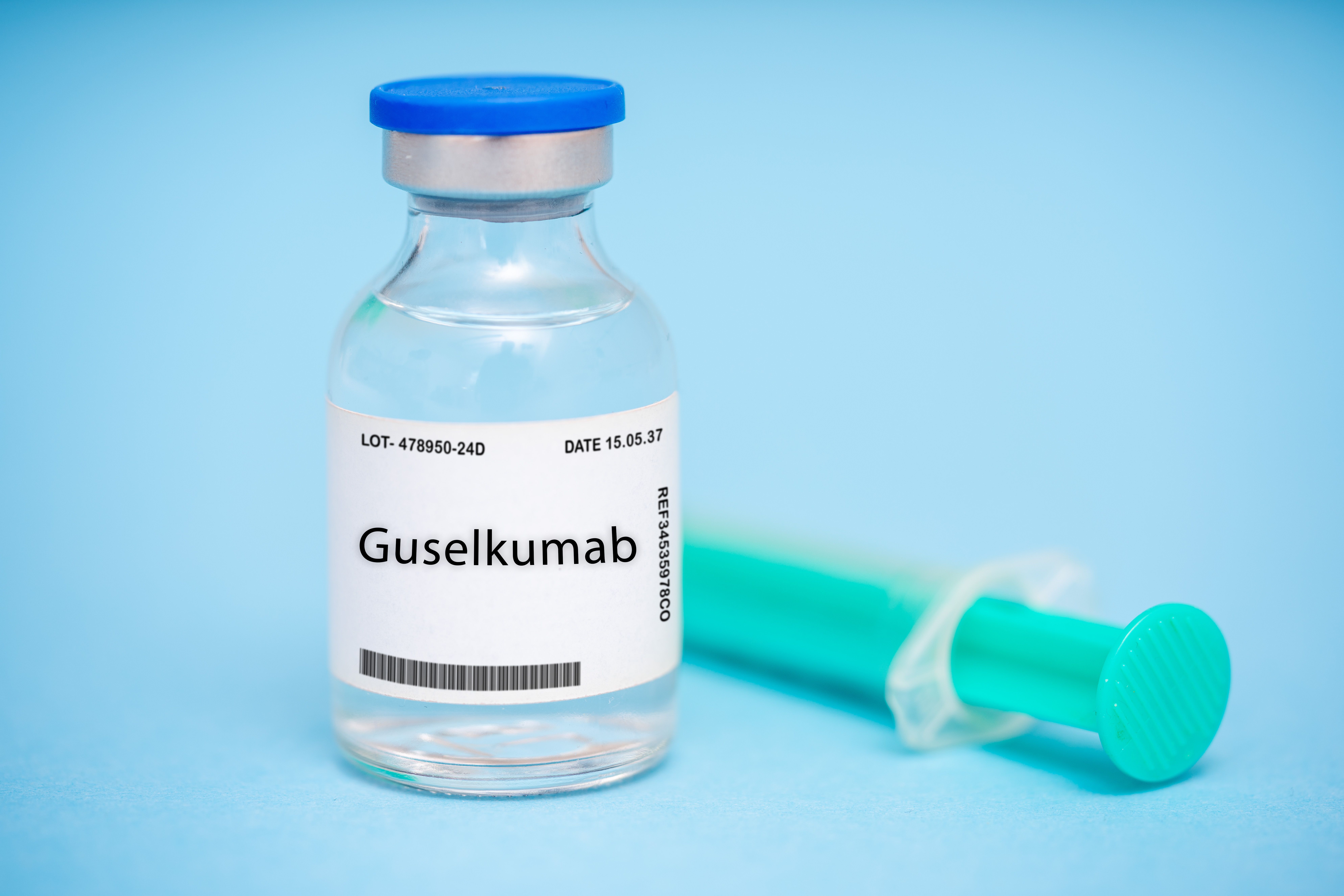News
Article
Higher Dietary Inflammatory Index Scores Linked to Increased Youth Hypertension Risk
Author(s):
Key Takeaways
- Higher DII scores correlate with increased youth hypertension risk, emphasizing diet's role in blood pressure management.
- The study used NHANES data, involving 18,460 participants aged 8-17, to explore DII and hypertension relationships.
A higher Dietary Inflammatory Index score was linked to an increased risk of hypertension in children and adolescents, emphasizing the role of diet in blood pressure regulation.
A positive relationship between higher dietary inflammation index (DII) scores and increased likelihood of youth hypertension emphasizes the role of diet in blood pressure, according to a study published in BMC Cardiovascular Disorders.1
There has been a gradual increase in the prevalence of hypertension among children and adolescents in recent years.2 This trend may be closely related to poor dietary habits, lack of exercise, and lifestyle or environmental changes.1 Obesity is also a key contributing factor, highlighting the importance of dietary quality in preventing youth hypertension.
The DII evaluates the inflammatory potential of various nutrients.3 The overall DII score is obtained by calculating the sum of inflammatory scores for all nutrients in an individual’s diet, providing a comprehensive measure of dietary impact on inflammation.
A close association of DII with hypertension was observed among adults in China and the US, but its relationship with youth hypertension remains unknown.1 Consequently, the researchers investigated the association between DII and youth hypertension using the National Health and Nutrition Examination Survey (NHANES), a large-scale cross-sectional study that assesses the health and dietary status of American residents.
A higher Dietary Inflammatory Index (DII) is linked to an increased risk of hypertension in children and adolescents, emphasizing the role of diet in blood pressure regulation. | Image Credit: grinny - stock.adobe.com

They obtained data on relevant patients between the ages of 8 and 17 from all 10 complete cycles of NHANES, ranging from 1999 to 2010. The researchers noted that the database is routinely adjusted to account for sampling weights and population characteristics. Therefore, the study population consisted of 18,460 children and adolescents, reflecting the weighted representation of about 37 million children and adolescents in the US.
The NHANES nutrition methodology working group conducted comprehensive dietary recall interviews, one face-to-face and the other via telephone follow-up. The researchers used the average of the 2 interviews to calculate DII; each food component was assigned a specific DII score based on its impact on major inflammatory biomarkers.
The individual DII food component scores were added to calculate the overall DII score and assess the impact of each participant's dietary intake on inflammation within a day; a positive score indicates pro-inflammatory potential, while a negative score demonstrates anti-inflammatory potential. Based on the DII values, the researchers divided the study population into 3 groups: T1 (-3.97 to 1.53), T2 (1.53-2.95), and T3 (2.95-5.42).
Additionally, each participant’s blood pressure was taken, and the average of multiple measurements was used as the final blood pressure. Based on clinical guidelines, those whose blood pressure exceeded the 95th percentile for children and adolescents of the same age and gender were considered to have youth hypertension.
Of the 18,460 participants, the majority (52.5%) were between 8 and 12 years old. Overall, 2070 children and adolescents were diagnosed with hypertension; most tended to be older and/or male. Also, the proportion of overweight and obese individuals was significantly higher among children and adolescents with hypertension.
The mean systolic blood pressure among those with hypertension was 118.51 mmHg, and the mean diastolic blood pressure was 65.45 mmHg. The mean systolic blood pressure for participants without hypertension was 104.06 mmHg, and the mean diastolic blood pressure was 57.25 mmHg.
The researchers used a multivariable regression analysis to explore the relationship between DII and the prevalence of youth hypertension. In the unadjusted model, DII was significantly positively associated with the prevalence of hypertension in children and adolescents, both as a continuous and categorical variable (OR, 1.05; 95% CI, 1.00-1.09).
The fully adjusted model, which accounted for relevant covariates, found a more significant correlation between DII and the prevalence of hypertension in children and adolescents. For every increase of 1 in DII, there was about an 11% increase in the occurrence of hypertension in this population (95% CI, 1-21).
Also, the prevalence of hypertension in the children and adolescents of T2 was 1.58 times that of T1 (95% CI, 1.20-2.09). Similarly, the prevalence of hypertension in those of T3 was 1.71 times that of T1 (95% CI, 1.25-2.34).
Additionally, the researchers employed a restricted cubic spline (RCS) analysis to visualize the relationship between DII and the incidence of youth hypertension. After adjusting for relevant covariates, there was a linear positive correlation between DII and the incidence of youth hypertension.
Lastly, they acknowledged their study’s limitations, including its cross-sectional design, which makes it unable to establish direct causal relationships. Also, patients self-reported all dietary components, which may introduce self-reporting bias. Despite these limitations, the researchers expressed confidence in their findings.
“This suggests that adopting reasonable and healthy dietary habits may play a significant role in preventing and treating hypertension in adolescents,” the authors concluded.
References
- Du L, Hao J, Yu K, et al. Relationship between the dietary inflammation index and hypertension in American children and adolescents: findings from the national health and nutrition examination survey 1999-2018. BMC Cardiovasc Disord. 2025;25(1):74. doi:10.1186/s12872-025-04515-z
- Pusdekar YA, Dixit JV, Dani AP. "Paediatricians brace thyself" - Healthcare provider perspectives on childhood and adolescent hypertension: A qualitative study. J Family Med Prim Care. 2023;12(12):3209-3216. doi:10.4103/jfmpc.jfmpc_353_23
- Mohammadi S, Hosseinikia M, Ghaffarian-Bahraman A, et al. Dietary inflammatory index and elevated serum C-reactive protein: A systematic review and meta-analysis. Food Sci Nutr. 2023;11(10):5786-5798. doi:10.1002/fsn3.3553




